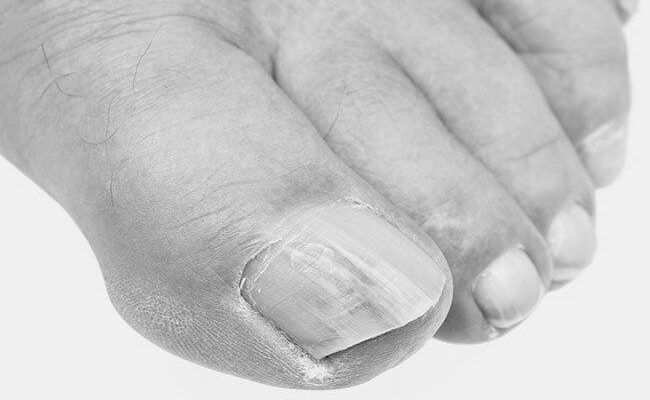What Causes Yellow Nails and How Do You Get Rid of It?
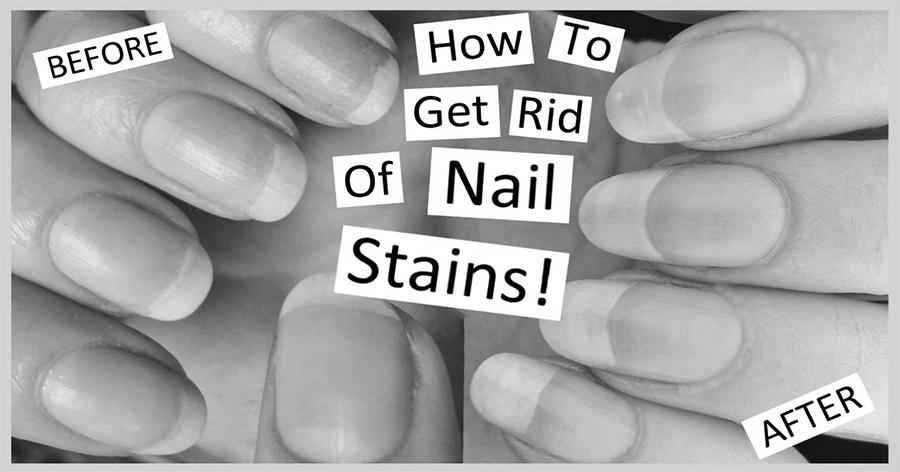
If you have yellow nails, you may be suffering from one of several different diseases, including diabetes. If you are suffering from this disease, it is essential to consult your doctor, as proper treatment may require a change in diet, including a lower carbohydrate intake and increasing healthy fats and vegetables. A doctor can also recommend specific treatments for the condition. Read on to learn more about the best options for treating yellow nails.
Onycholysis
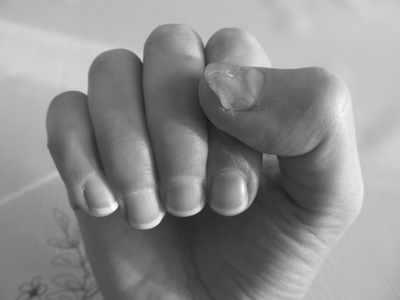
Onycholysis is caused by fungal infections of the nails, which thicken the tissue beneath the nail plate. Other possible causes of onycholysis include skin conditions like psoriasis or allergic reactions. Some medicines (including psoralen and fluoroquinolones) lack iron. While most people who suffer from yellow nails do eventually heal on their own, there are some cases where more treatment is required.
This problem can be accompanied by dark lines that indicate an underlying systemic disease, such as anemia and pulmonary disease. Another possible cause is repetitive tapping of the fingernails. In addition, unhealthy nails can signify more severe health issues, including thyroid disease, inadequate nutrition, and yeast infection. A treatment for onycholysis includes removing the affected nail, cleaning the nail bed, and applying topical or oral antibiotics. A nail sample may also be sent for periodic acid-Schiff and culture analysis and PCR analysis.
A fungal infection can cause yellow nails. This condition affects toenails more than fingernails. It often worsens when a person wears tight-fitting shoes or experiences trauma to the nail plate. It’s also possible to get an athlete’s foot, a condition that often causes yellow nails. Infections with the fungus can lead to thickening of the nail plate and discoloration. Treatment involves the application of antifungal medication. Generally, oral antifungals are more effective than topical medications.
Onychomycosis
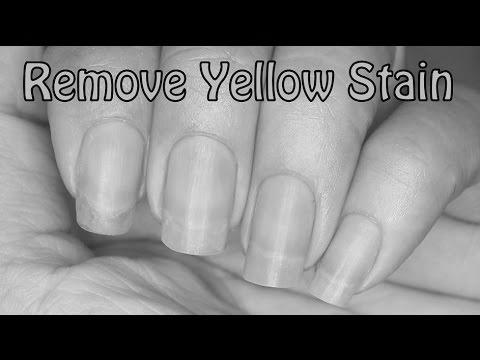
Onychomycosis affects one out of every five people in the world. Treatment options for this infection are limited and often incur a high cost. The prognosis is usually unfavorable, especially if the disease is cured only partially. Disorders in children can be challenging to diagnose and are often difficult to treat with current therapies. Nail biopsy is an essential part of treatment, as it helps identify the specific type of infection.
Several types of onychomycosis are present in the world. The etiological agents of this infection are dermatophytes and non dermatophytes. Nondermatophytes are more common than dermatophytes, including Candida albicans, Alternaria, and Acremonium. They can invade the nail unit directly.
If you notice any yellow spots on your toenails, you may have a fungal infection. Fungal infections are more common in people who spend a lot of time in wet or hot conditions. Treatment for yellow toenails is possible. Your doctor may prescribe an oral antifungal medication or a topical one. Oral antifungals are more effective than topical ones.
Psoriasis
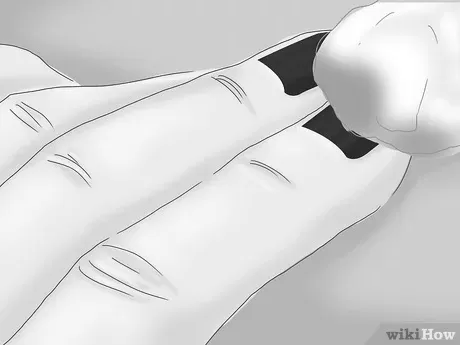
Symptoms of psoriasis in nails include yellow discoloration at the nail tip, oil drop-like patches under the nail plate, and pits in the nail. The pits form when cells break off under the nail plate. They may become so thick that they cause pain and result in infection in the nail bed gap. Psoriasis in nails can also cause the entire nail to be thickened and crumbly.
The treatment for nail psoriasis depends on the severity of the disease. In severe cases, it may require systemic therapy or phototherapy. If the condition is moderate, treatment may include oral and biological medications. About 90 percent of psoriasis patients will experience nail psoriasis. Nail psoriasis affects several digits, though it is most common on fingernails. Treatment for the condition is essential as its pain can affect daily activities.
The disease affects about 125 million people worldwide. About 1.5 percent of the world’s population is affected by psoriasis. More than half of those with psoriasis also have yellow nails. These patients usually have a nail fungus infection. Fungal infections are contagious and can be contracted through physical contact. The treatment for nail psoriasis varies depending on the cause of yellow nails.
Age-related yellowing
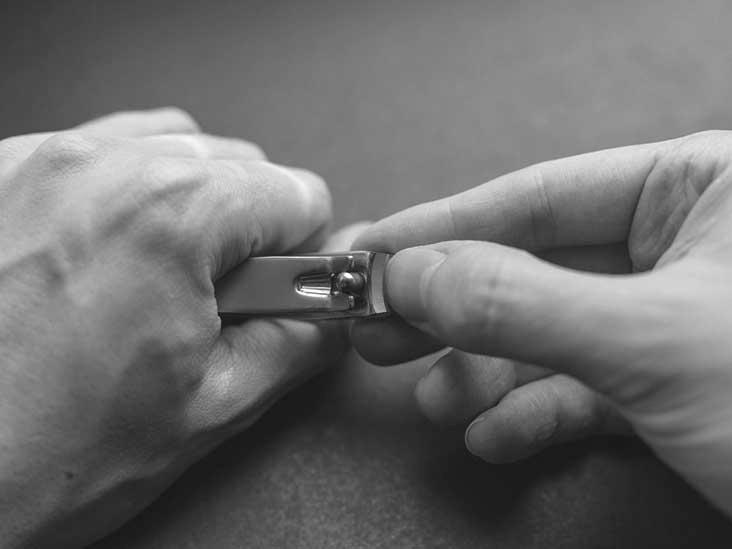
The causes of yellowing nails vary. It may be caused by a fungus, infection, or product you have used on your nails. It is also possible to be allergic to a particular substance that causes your nails to be yellow. Nevertheless, age-related yellowing of nails is a natural process that affects all nails, no matter their color or size. Smoking causes decreased circulation and plaque buildup in the blood vessels, leading to yellowing of the nails.
In some cases, YNS is accompanied by other clinical manifestations, including autoimmune disease and pulmonary manifestations. Although its etiology remains unclear, it is associated with cancer, lymphatic disease, and autoimmune diseases. Treatment for the condition is symptomatic for each of the components. Topical application of vitamin E, in combination with fluconazole, has been shown to result in partial or complete responses. However, spontaneous resolution is possible in some cases.
Interestingly, people suffering from yellow nail syndrome often also suffer from swollen feet, hands, and legs. Swelling in these areas results from the lymph fluid that collects in these areas. This fluid then causes the fingers, toes, and ankles to be rushed. The affected areas also experience decreased flexibility and tend to become more complex and thicker. These findings are not surprising because most of the symptoms of yellowing nails are age-related.
Vicks ointment
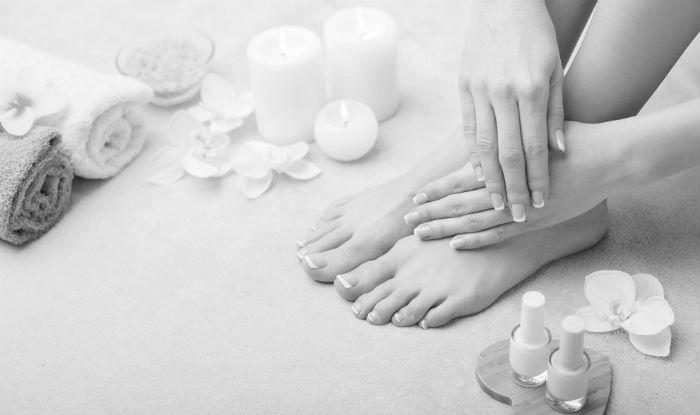
There are several ways to get rid of yellow nails with Vicks ointment. This remedy effectively burns hard skin on the feet, corns, and calluses. In addition to the benefits listed above, Vicks also helps to reduce inflammation and relieve muscle pain. As an organic chemical, camphor oil is also used for treating fungus. However, you should know that you should apply Vicks ointment twice daily, as this remedy might take up to five months to show its results.
To cure toenail fungus, you can apply Vicks VapoRub on the affected area. Simply apply the ointment with your finger and leave it on for a couple of minutes. Then, remove the cream with lukewarm water. Continue to use Vicks VapoRub as directed, once a day, until the fungus is completely eliminated. As with any topical treatment, apply the ointment only to infected areas. If you have sensitive skin or severe onychomycosis, you should seek a medical professional’s advice before using Vicks VapoRub.
The ointment contains active skin and nail complaints ingredients, including toenail fungus. It is safe to use and study by researchers at Michigan State University. It is a less expensive, risk-free alternative to expensive treatments for toenail fungus. You should only apply the ointment to the affected area after washing the nails. After washing your hands thoroughly for best results, use Vicks VapoRub to prevent yellow nails from coming back.
Tee tree oil

The treatment of yellow nails with tea tree oil can work wonders for those suffering from nail fungus. Applying this essential oil directly to the affected nail can cause irritation. Fortunately, tea tree oil is mild and can be safely applied to the affected area if diluted with a carrier oil. The carrier oil adds moisture to the skin. You can use the diluted oil directly on your toenails and fingernails and gently press it into the infected areas.
You should mix a few drops of tea tree oil with an equal amount of carrier oil for the best results. The ideal ratio is one or two drops of tea tree oil to one or two teaspoons of carrier oil. You can also use a cotton swab to apply the oil. Let the tea tree oil absorb into the nail bed before wearing socks or shoes. When using tea tree oil as a topical treatment, do not put it in your eyes or on any other sensitive areas of the body.
Before applying tea tree oil to your toenails, you should wash your feet thoroughly before applying the oil. Tea tree oil is effective against fungus, but you should not use it without consulting a physician. It is not recommended for use on your face, as the concentration of the herb in skin creams and soaps is insufficient. However, it is safe for toenails and can be used alongside other medications to treat nail fungus.
Self-tanner
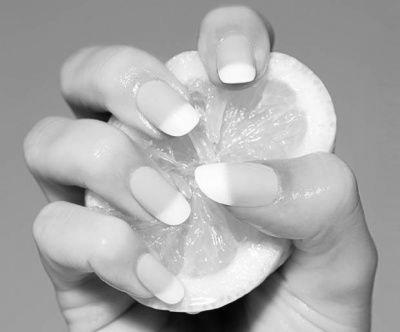
If you’ve applied a self-tanner to your nails and haven’t noticed the results yet, you can use warm water soak to remove it. Water absorbs stains and makes the skin cells more significant, reducing the tan’s intensity. Drinking the toenails in warm water for ten minutes can help the colors fade away. To maximize results, add a couple drops of mild dish soap to the warm water and soak for 20 minutes.
Lemon juice can help remove self-tanning spray stains. Soaking your toenails in lemon juice for five minutes before applying nail polish will produce better results. The acidic nature of lemon juice breaks down the stain’s structure. Alternatively, you can use a color-safe nail polish that hides the tan colors. However, nail polish will not remove the stains and only hide them. To prevent yellow nails, wash your hands after applying self-tanner.
After using self-tanner, you must wipe your nails with a clean cloth to remove the bronzing spray or cream. You should use one that doesn’t contain any harsh chemicals or fragrances. And remember to check the label before using self-tanner.
How Do I Get Rid of Nail Fungus?

There are various methods to get rid of nail fungi. These include Arishine treatment, Homeopathic remedies, and oral antifungal drugs. Surgical removal is another method, but it is not recommended for everyone. It may also affect your liver and interact with other medications. If you’re looking for a more permanent cure, you can try topical antifungal medication. Topical medications work best when used in conjunction with oral medications.
Arishine treatment
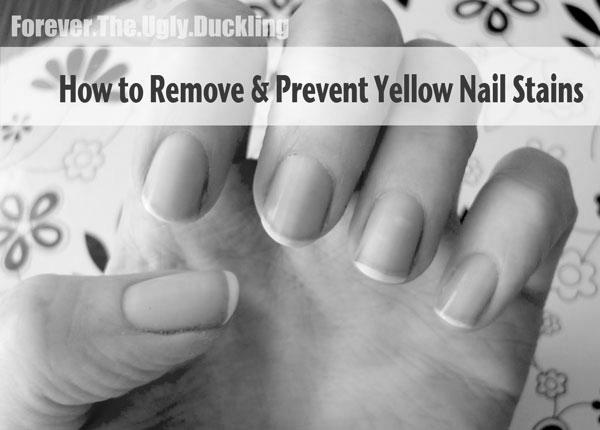
The most effective nail fungus treatment is Arishine Fungus Stop. Then, apply the solution to the infected area. You can even take it to work in your home to treat your feet and hands. This product is not suitable for children.
The main ingredients of Arishine treatment are two percent deacetylated chitin, three percent O-hydroxybenzoic acid, and Angelica. They are potent antifungal agents that can restore the color and shine to your toenails. The treatment is absorbed by the nails and doesn’t damage them. In addition, it doesn’t require the use of a nail clipper or nail file to get the desired results. The Arishine treatment is recommended for daily use for four to twelve weeks. The company offers a satisfaction guarantee.
It is a two-step system that targets problem nails in minutes. It consists of a foot soak and a topical treatment. After the soak, you must dry and wash the affected areas thoroughly. Once the solution is dry, you can apply the liquid directly to the infected area. It works well on both infected and healthy nails. Typically, it takes between two and four weeks to see full results.
The Arishine Toenail Treatment is gentle on the skin and shows results in weeks. It comes in a pencil form, making it easy to carry in your bag and store. After a few weeks, you can expect your infected toenail to be completely clear. As long as you use the treatment three times per day, you should be able to walk without it being infected.
Oral antifungal drugs
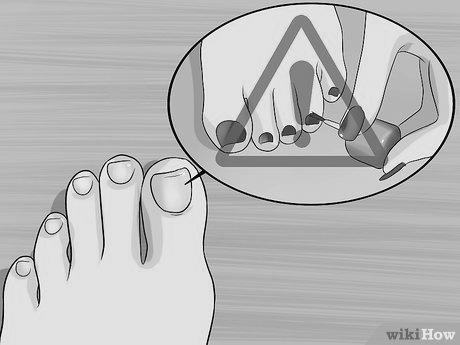
Oral antifungal drugs can clear up the infection much faster than topical drugs. Typically, oral antifungal drugs are taken for six to 12 weeks, but the end result may take four months or more.
The infection is usually caused by exposure to the fungus, which lives in warm, moist conditions. It is common in older people as their nails grow slower. You can also get nail fungus if you’re sharing a bathroom with a family member. If your family has had a nail fungus infection, your doctor will likely have prescribed oral antifungal drugs to help you cure the disease.
Despite the success of oral antifungal drugs in treating the infection, many risks are associated. Symptoms of antifungal medications can include redness, irritation, or stinging. However, the benefits of these drugs far outweigh the drawbacks. The best way to get rid of nail fungus is through professional treatment by a dermatologist. Listed below are some steps to take when treating nail fungus.
In addition to oral antifungal drugs, topical treatments can also effectively treat nail fungus. Over-the-counter medicines are ineffective and may take months to completely cure the infection. Topical antifungal drugs can treat nail fungus, but they won’t fix the condition, and the results will not be visible for a few months or even a year.
Homeopathic remedies
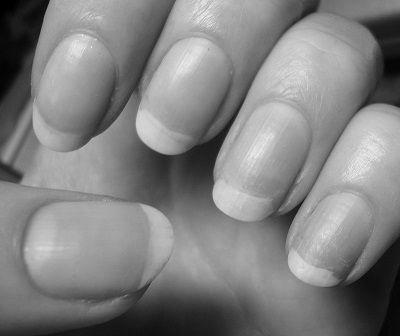
If you suffer from fungal nails, you may consider using homeopathic remedies. These are all-natural treatments that work to restore the health of your nails. They work by balancing your body’s functions and supporting the growth of healthy tissues. Homeopathic remedies can be applied directly to your affected nails or diluted with a homeopathic remedy such as hydrogen peroxide. These natural treatments may take several months to work, but they are generally considered safe and do not cause any side effects.
One homeopathic remedy that works to treat nail fungus is antimony, a standard homeopathic medicine. This remedy works well for treating fungus, but it is not a cure. Instead, it can only delay the progression of the condition. In addition to homeopathic medicines, topical treatments are available for nail fungus. These contain potent ingredients such as calendula, geranium, and hypericum. Homeopathic products containing these ingredients are available in most health food stores and the internet. Some products combine several of these ingredients into an extra-strength product, while others use single herbs for treating the fungus.
Tea tree oil is another effective natural remedy for nail fungus. It is derived from the leaves of a plant native to Australia. Tea tree oil can be applied to the affected area once or twice daily. This antifungal ingredient is known for its antibacterial and antimicrobial properties, so it is a good option for treating fungal infections. Alternatively, you can make a foot soak using tea tree oil.
Surgical removal
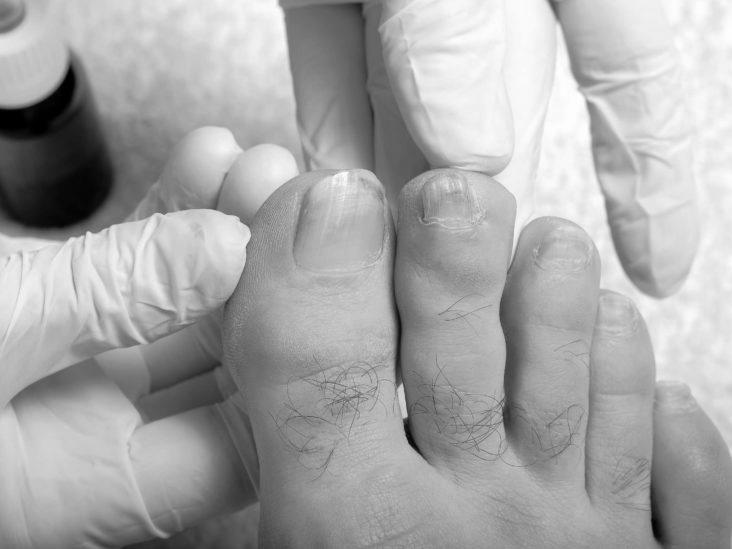
Laser treatment can be an excellent option for treating nail fungus. This type of treatment is far less invasive than other treatment methods and can be performed in as little as one hour. Laser treatment uses a focused light beam with a tuned frequency that affects the cells responsible for the infection. This laser beam penetrates the nail and vaporizes the fungus embedded in it. This treatment is an excellent option for those suffering from the disease and would not be suitable for those with ingrown nails.
Surgical removal of nail fungus involves removing a portion of the nail. The nail matrix and plate are removed, and new nails will grow over several months. Laser treatment is not adequate for the entire nail, so two to three sessions are required to treat the infection. The length of time between treatment sessions will depend on the severity of the disease. Some people need two or three treatments to see results.
During the surgical removal process, the offending nail is removed. In some cases, the skin beneath the nail will harden and re-grow. This is called total nail avulsion. Once the pin is removed, the skin underneath will harden, and tough skin will grow in its place. Most ladies opt for this method because it goes almost unnoticed. The procedure is not without risks.
Like itraconazole and terbinafine, oral antifungal drugs work much faster than topical treatments. Oral antifungal drugs such as terbinafine and itraconazole are taken orally. These medications are usually taken for six to 12 weeks. Surgical removal of nail fungus is a last resort for severe cases, but if you want to avoid a painful procedure, consider other treatment options.
Laser treatment
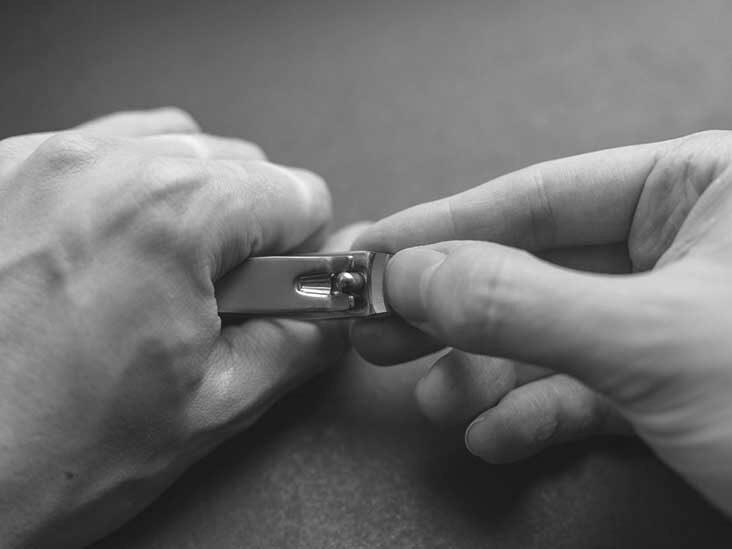
If you have a fungal infection of the nail, you may be interested in getting a laser treatment. This procedure will effectively remove the fungus from your nails while keeping them healthy. The laser light used to treat nail fungus is near-infrared in nature, the same wavelength as human skin. The laser passes through the nail during the treatment without harming the surrounding skin or nail. This process will destroy the fungus within the pin, obliterating it. However, it can take nine to twelve months for the nail to grow back fully.
There are several different lasers on the market. Some are specifically designed for this purpose. For example, the PinPointe laser is used to treat nail fungus. This treatment uses a high-powered laser that delivers precise wavelengths to destroy the fungus in the nail plate and surrounding tissue. This treatment may be effective for nail fungus and is FDA-approved. Lasers designed to kill fungus on the nail are also being used off-label in some cases.
In some cases, patients with nail fungus may not even need treatment. However, if the infection is painful or the nail is thickened and deformed, then laser treatment may be an option. Patients with diabetes are especially advised to get a consultation with their physicians. If left untreated, the disease can spread and become a portal for severe bacterial infections. Depending on the severity of the condition, patients may have to undergo several treatments to get rid of the fungus.
Typical laser treatment for nail fungus takes between ten to thirty minutes. The length of time for the entire procedure depends on the size of the affected nail and the severity infection. The treatment can also prevent the pain from recurring, so you can expect to experience minimal discomfort and no downtime after your appointment. Most patients will see improvements within three weeks. However, it may take six to nine months for a fingernail to grow out ultimately.
